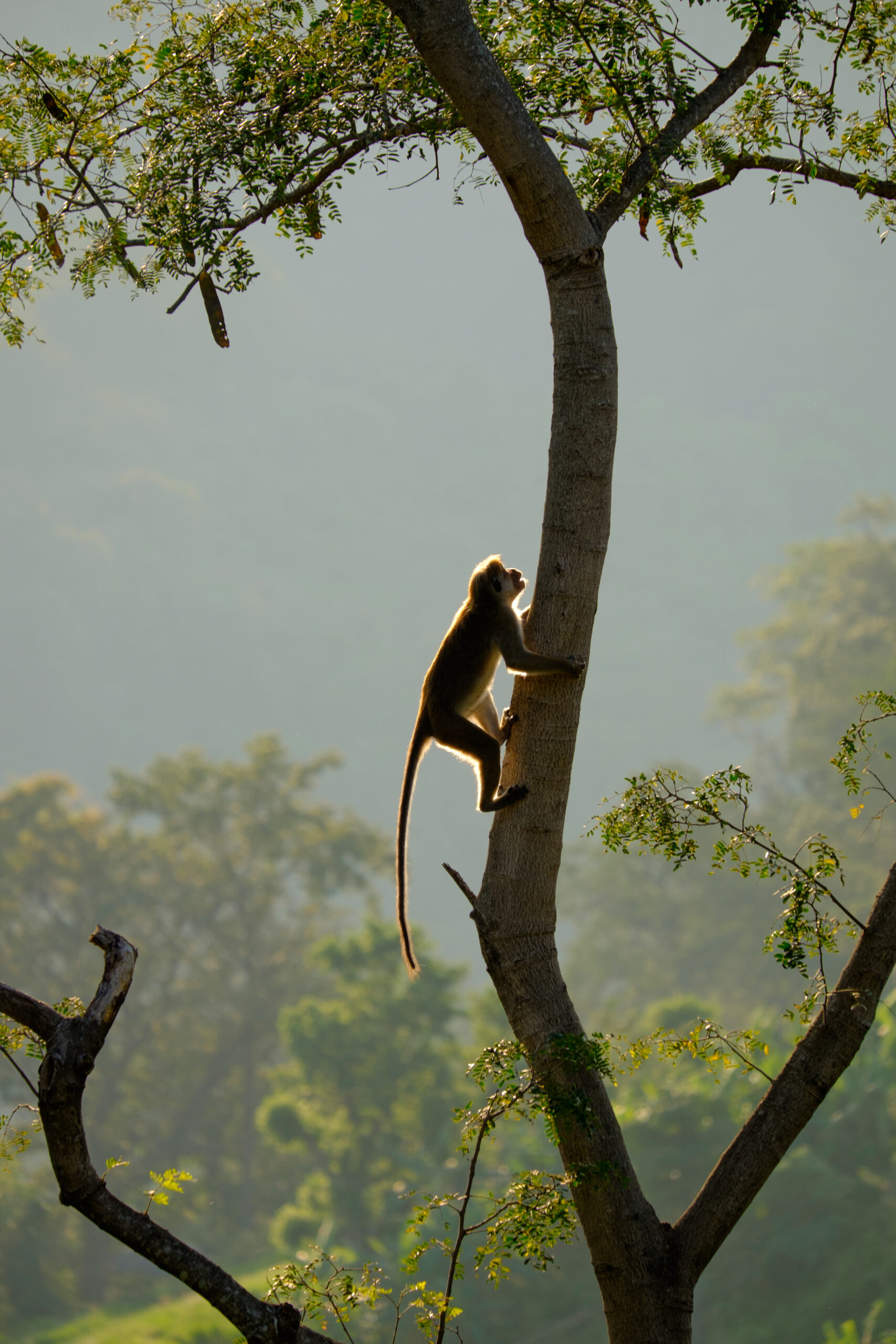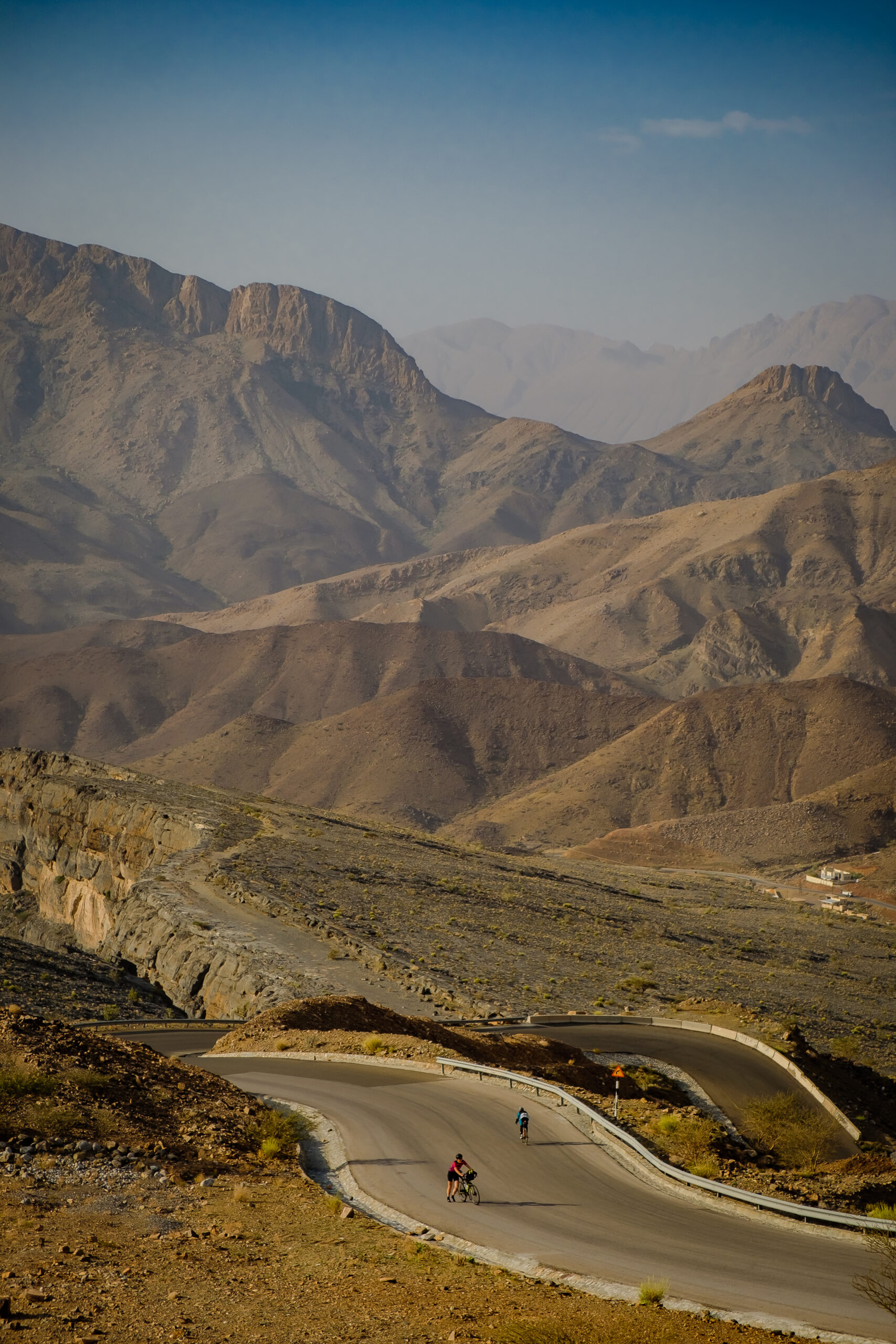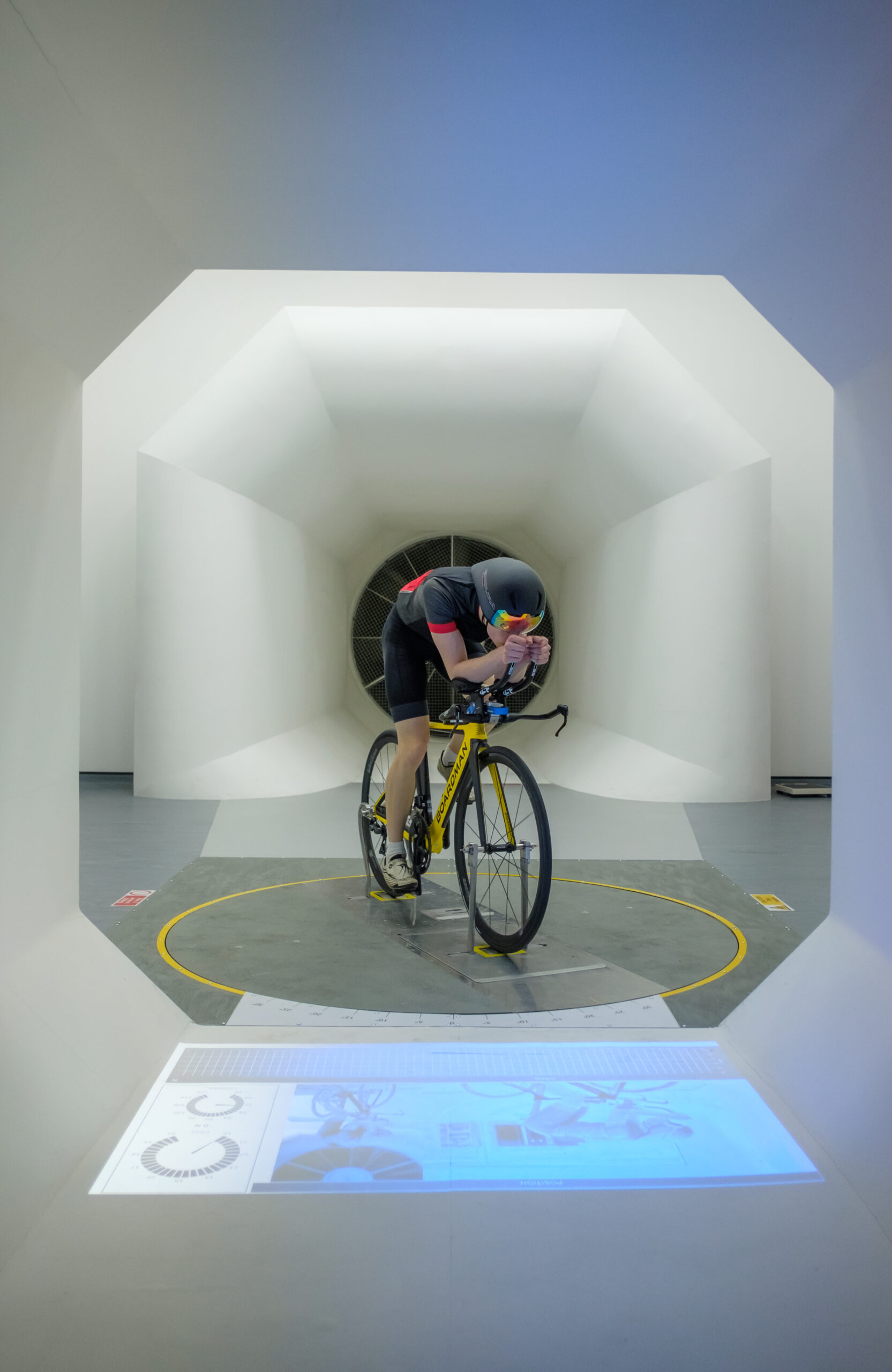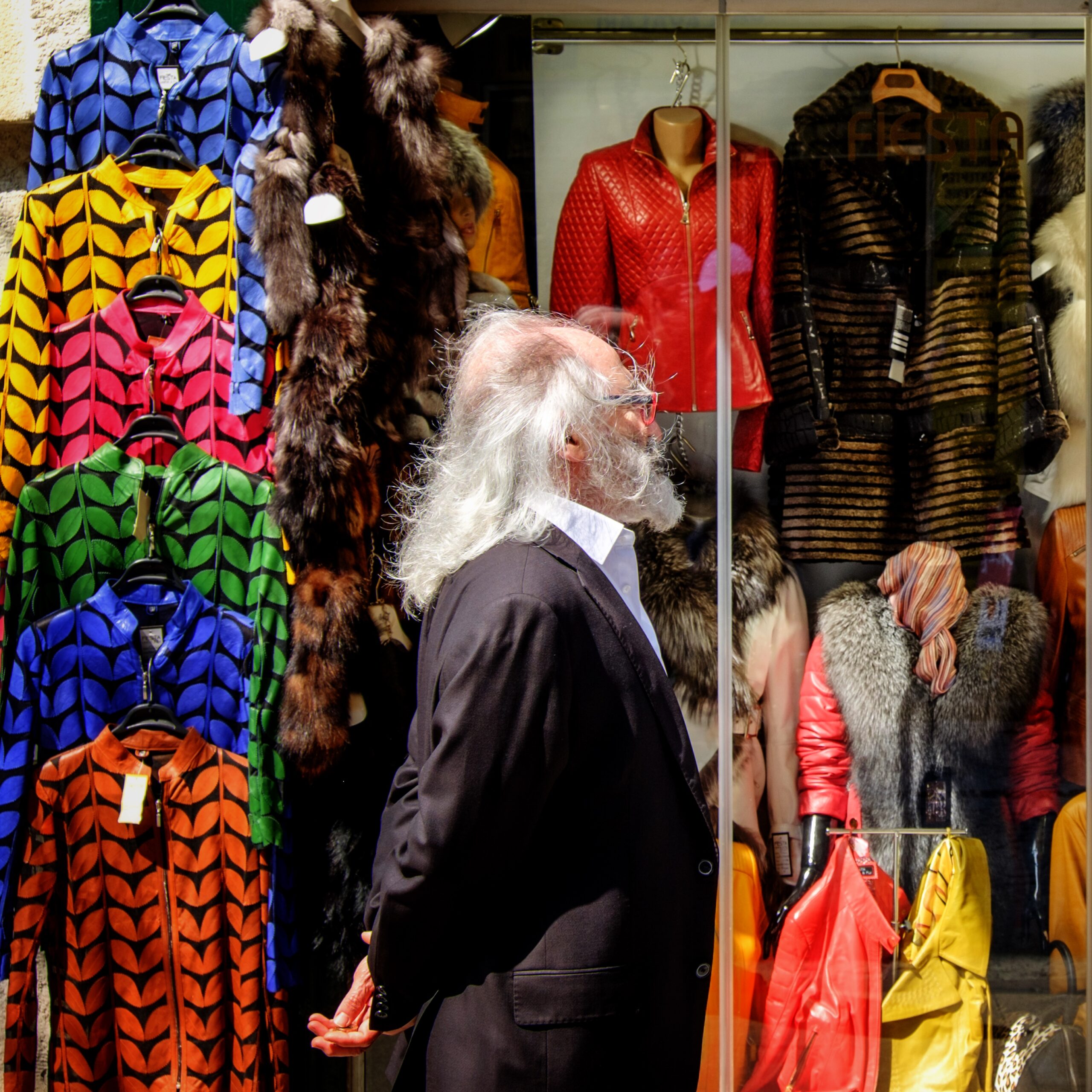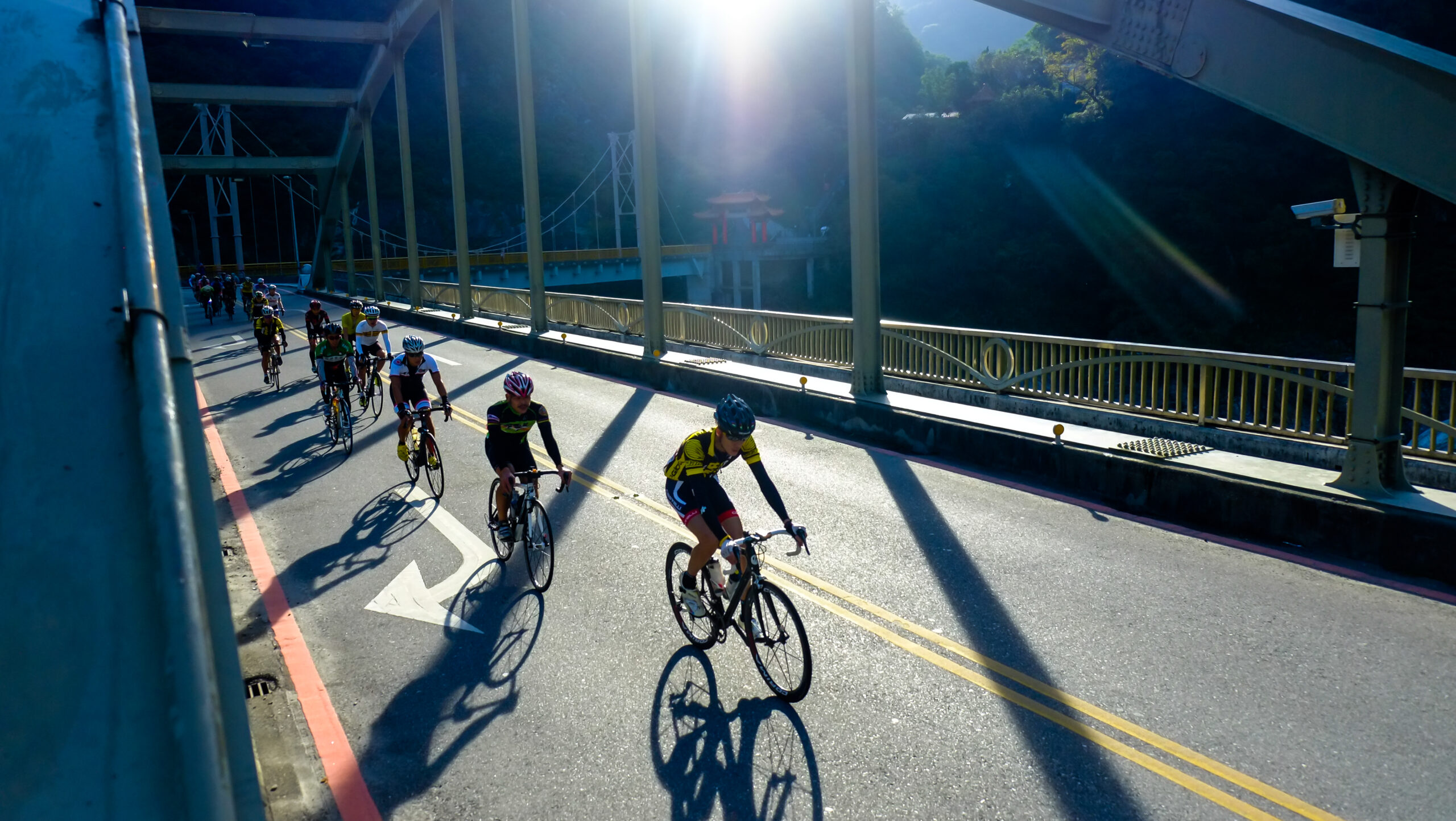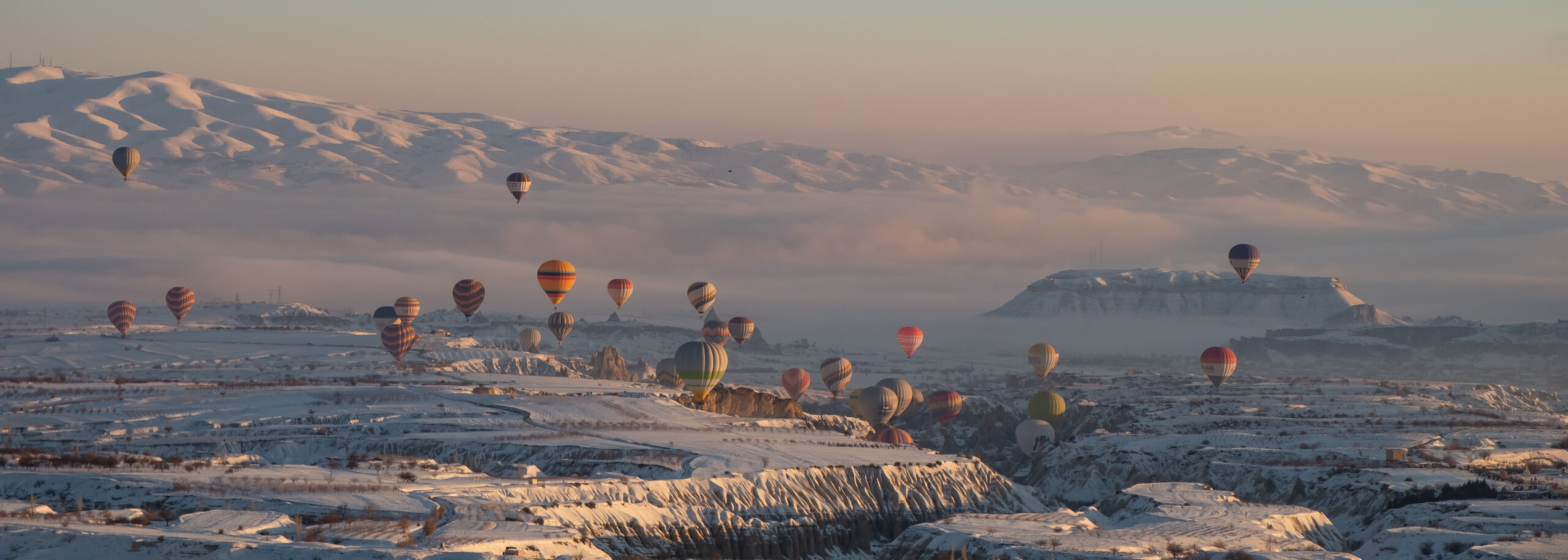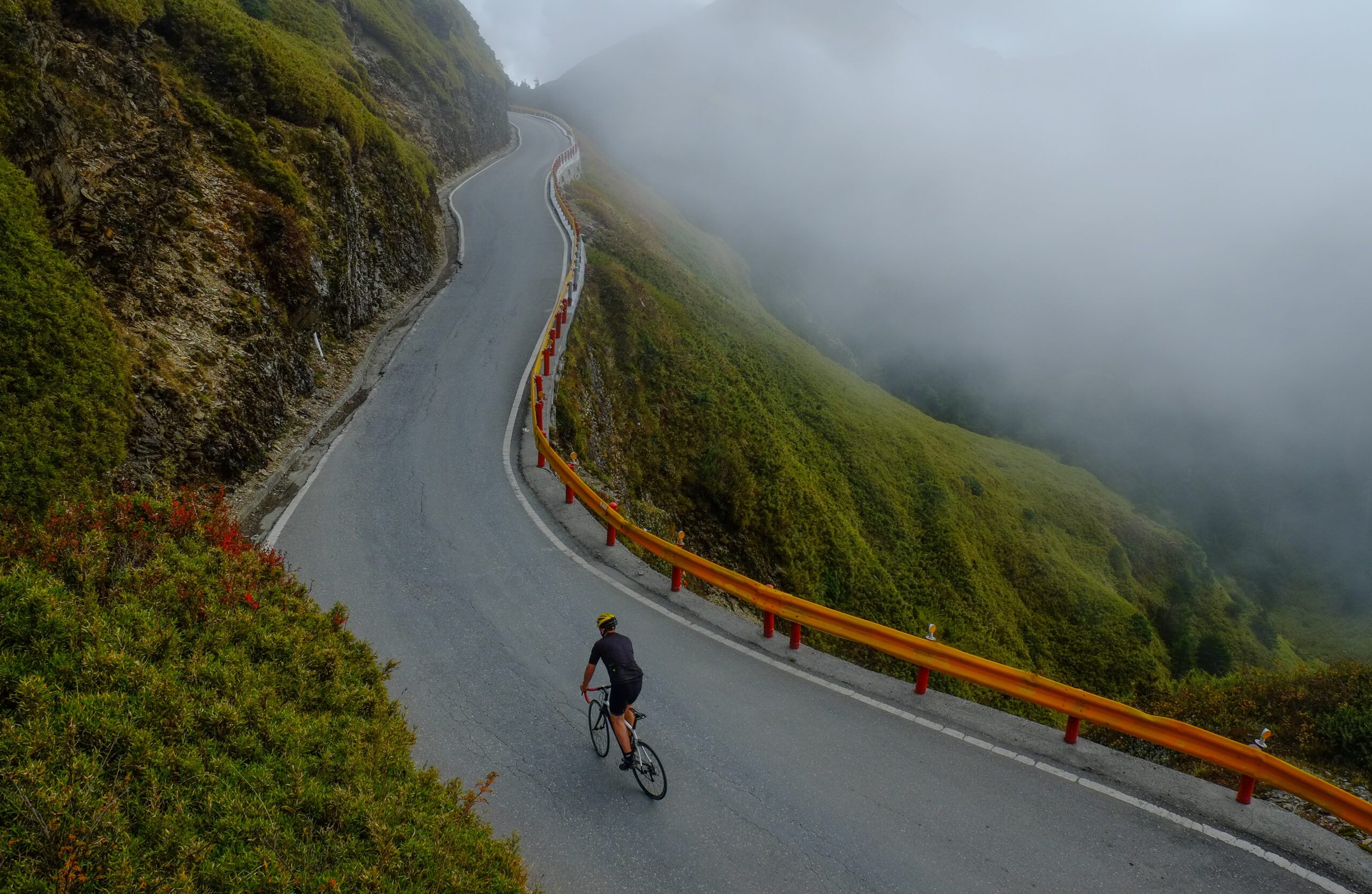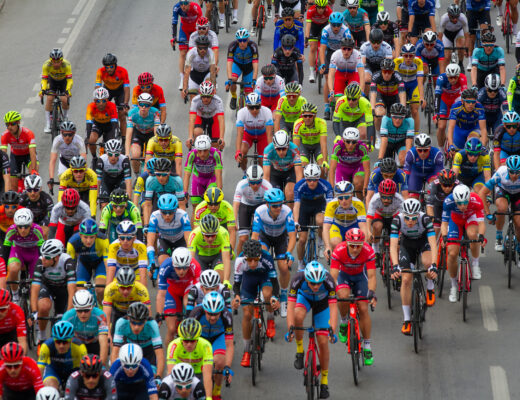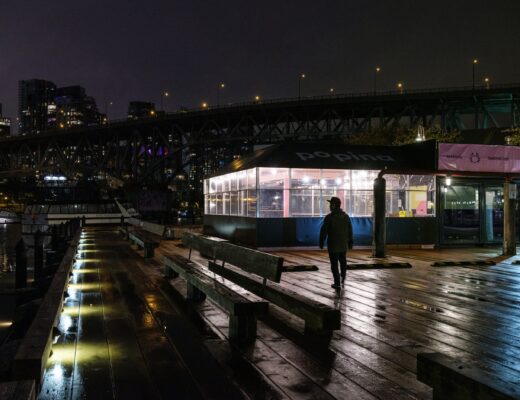Are you a panoramic kind of a photographer or are you a square shooter?
It really surprised me when looking through images to go with this story. Things didn’t quite turn out as I’d imagined them to be, or perhaps I should say I was a little perplexed at my own “internet enticed” switch in my choice of aspect ratio for shooting. I was expecting to find at least 40% of my filed images to be shot in portrait format – yes, upright, although it turned out to be closer to 10%. In recent years I had become aware that my tendency had moved with the times, or at least it had previously – as times they are a-changing way too fast.
The long-out-of-favour portrait aspect ratio is once again coming back into fashion. Ironically, this is not so much the case among purist photographers, but more so through the way most people now capture and “consume” their photos, and even video, given how easy and natural it is to shoot on a mobile phone in its native vertical mode, as well as the fact that online apps favour vertical images.
Shooting with intent started back in the very early 1990s for me. With there being no such thing as digital back then and with everything I shot intended for magazine use, it was standard practice to flip your camera on its side and shoot vertically at least half of the time, usually capturing each image in both formats. Vertical effectively mirrors the standard page layout of a magazine, thus giving you the maximum usage potential with your images.
Cropping was something rarely, if ever, considered back then. You were after every last grain of those Provia and Velvia emulsions to then be consumed and cooked up by the drum scanners of the publishers, so cropping was done in real time by legwork. The freelance editorial magazine photographer’s job was “simply” to capture, process (in a lab) and mount the developed film, and then to edit down the selection and caption (by hand), before finally sending them off in padded and registered envelope. Job done.
With 35mm being the standard film at that time there was little choice, although, of course, in certain genres there were medium and large format shooters, and I did (and still do) also own a Hasselblad X-an panoramic camera (made by Fujifilm), a wonderful and very heavy piece of kit that exposed 2 x 35mm frames in one. I carried that camera halfway around the world several times, usually along with a pile of other gear and while riding a bike – something I shudder at the very though of these days; thank heavens for the half-pint sized X system (although a digital X-Pan would be kinda nice).
As much as I loved those long panoramic shots, it was a rarity that they ever got published. The long format simply did not work with a magazine pagination, hence they would actually often crop them in half to fit, which was infuriating.
As digital came around so did the computer screen, and we were told that this new electronic medium was the future (which it was, and is, but certainly not in a financial sense as a photographer), and so shooting vertically became something of an oddity (for me at least), as vertical screens did not exist at the time.
It was a few years into digitisation when I finally grasped that cropping digital images was not unethical – it was totally street legal, even if it did decrease the file size, and I found magazines were cropping my landscape images to vertical on a regular basis, too. Further into the electronic era, I decided to try and turn the clock back by starting to turn my camera on its side with more frequency. On looking through my back catalogue, it seems I’ve not done as well at that as I’d thought!
There are all kinds of theories out there as to why certain aspect ratios work or appeal, and why some don’t, although I doubt there’s actually much truth in most of them. I guess it’s more a matter of personal taste and usage needs. However, après cropping is not always the solution; the aspect ratio you shoot in natively can dramatically alter the impact and appeal of the image, and it’s always good practice to flip your camera both ways just to see if you see something completely different.
For most of my editorial use it’s still that old faithful landscape and portrait approach, as magazines have not changed shape over the years, although there are far fewer of them sold. When it comes to personal work, it’s a different matter altogether. I find myself more drawn towards the 16×9 and panoramic look for landscape images (which is said to be the native human POV) and, more recently, to the square crop for general shooting, which I can only assume is influenced by the square print films from the blurry old days of the 70s, a time when I rode a purple Chopper and drank Irn Bru for breakfast.
When I first got my original X100 I did on occasion set it to a square crop and shot jpegs, which was fun, and which definitely allows you to see and compose specific images in that mode, much more so than simply cropping in post. However, I did find it infuriating not to have the option to use the un-cropped RAF image if needed (yes, you can set jpeg & RAF so as to have the best of both worlds, but it kind of defeats the point).
As for the 16×9 and portrait crop, my personal allure here is probably led by cinematic leanings. In the early days of digital I always carried a small Panasonic Lumix camera round with me as it shot in the 16×9 format without cropping or losing resolution – something I wish more manufacturers would do (however they managed it), and which I think could well become the way ahead for most cameras, given that most are now used in a hybrid video/photography way.
True panoramic images are still the images that most grab my own attention, although shooting and then getting around to stitching them is something that does generally put me off shooting in that format.
There is also the panoramic mode in the X series cameras, which I very rarely use as the files sizes are just way too small to use in a large format. Unfortunately, although panoramic images are popular in some galleries (as they do look great on a wall) showing them online does little justice to them.
Lately I’ve also been using drones, action cameras and my phone a lot to shoot; due to the ongoing pandemic, my Fuji’s have seen just about zero action in 18 months. I do find it really strange that these cameras have largely stuck with the retro TV screen 4×3 aspect ratio, something that ironically has medium format tones (especially when flipped vertically), but which I personally don’t find so appealing when used in landscape format.
Once again I guess that harks back to childhood memories and those old TV black & white screens. That said; this would not stop me from buying a GFX, which uses the 4×3 ratio. Perhaps the aspect ratio choice was intended to replicate certain medium format cameras and to separate it from the standard “35mm” 3×2 look, or perhaps it was a technical decision. Either way, I guess we all like our images framed differently – thankfully!



